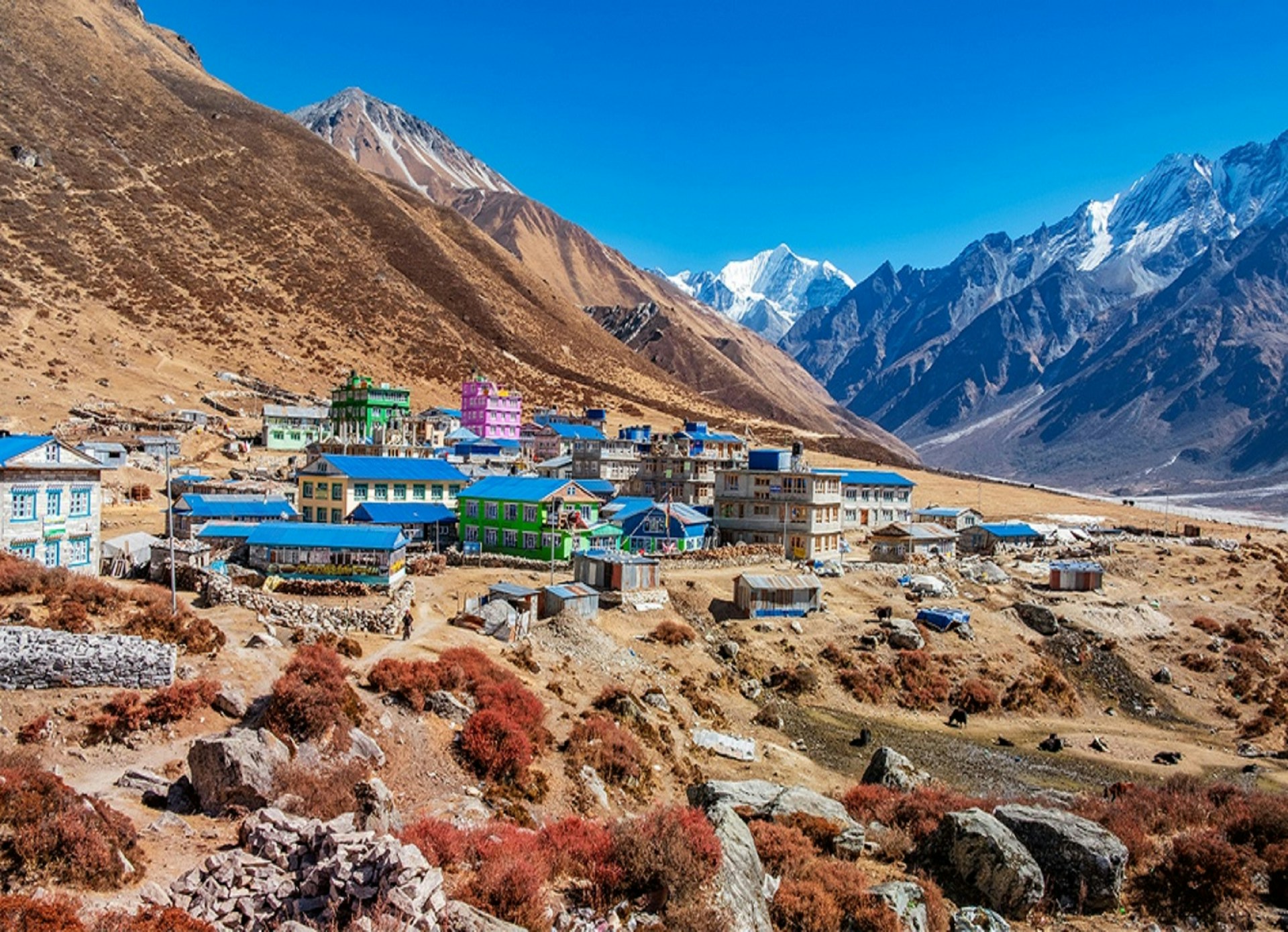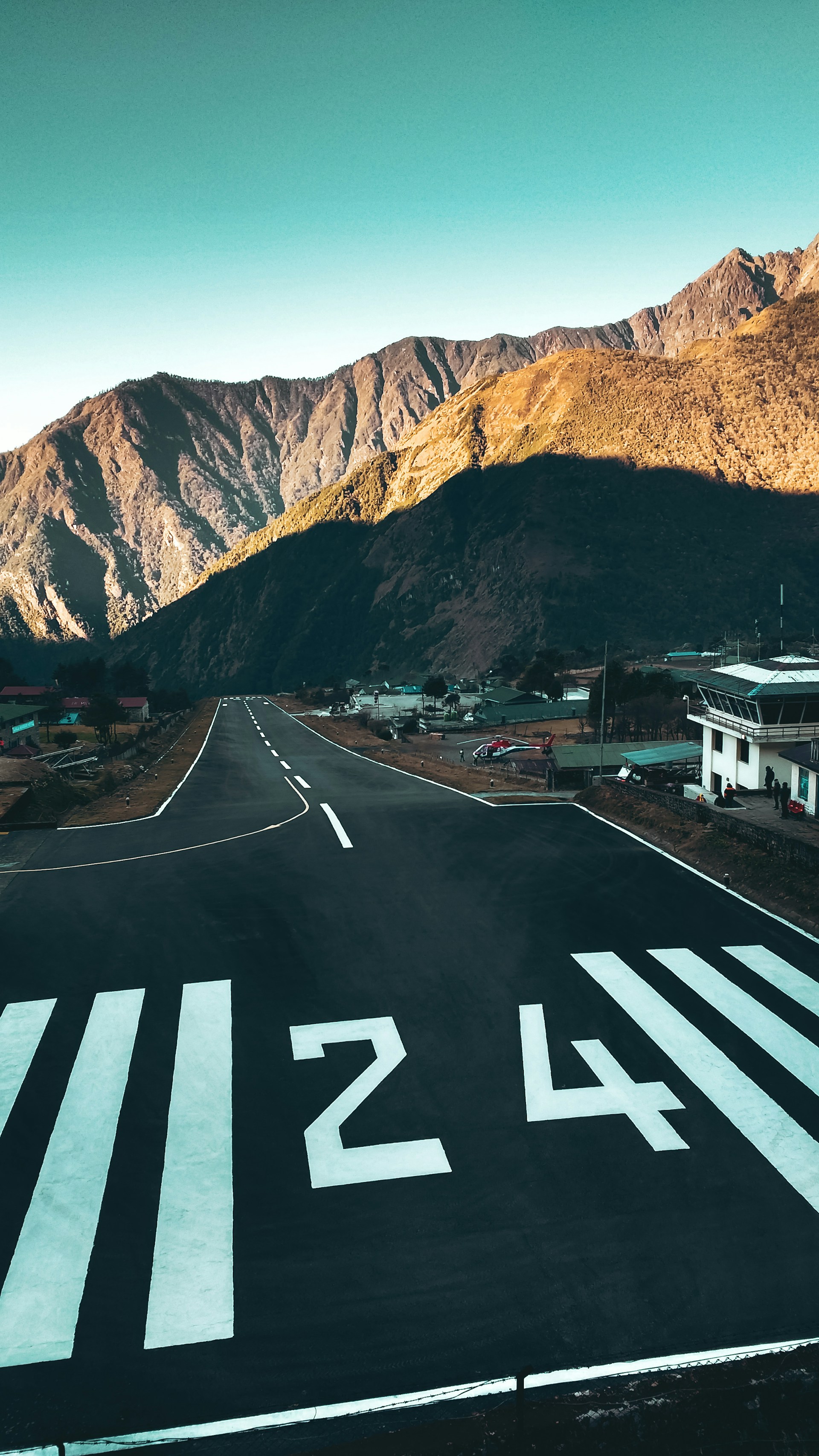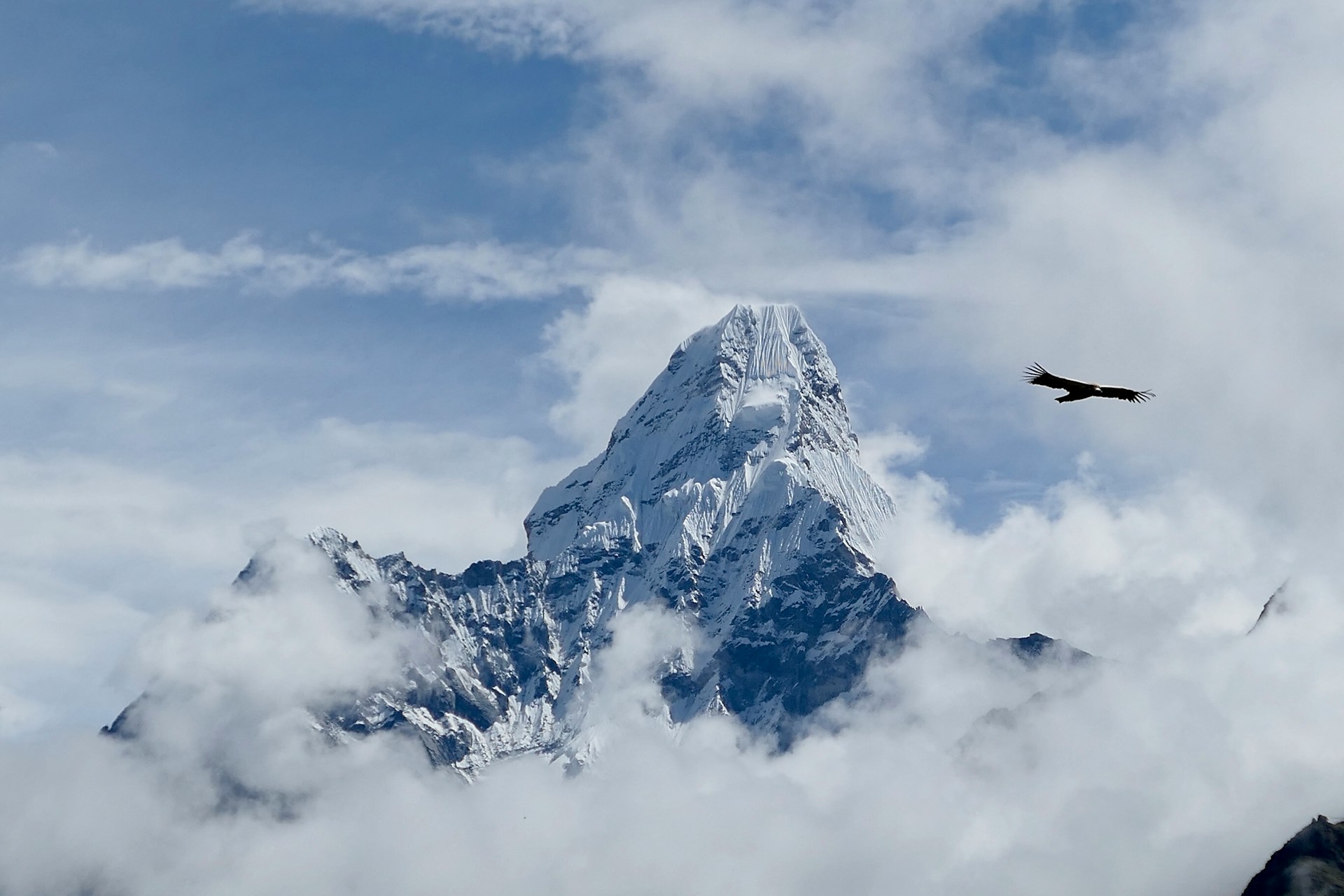Annapurna II
One of Nepal's most mysterious peaks, offers an exciting adventure for those who love the Himalayas. Located in the Annapurna massif, this tall mountain is known for its rough beauty and tough climbing conditions. As the sixteenth-highest mountain in the world, Annapurna II has a magical appeal, drawing climbers to its untouched wilderness and challenging heights.
The name Annapurna II comes from being the second tallest mountain in the Annapurna range. "Annapurna" means "full of grains," and the goddess Annapurna in Hinduism is the goddess of food and nourishment, symbolizing abundance and the essential need for food.
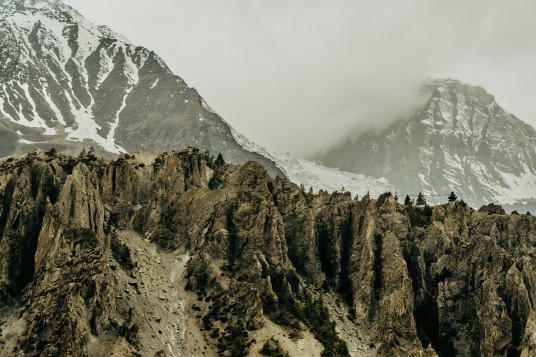
Discover stunning panoramic views, where expansive landscapes and majestic horizons captivate the senses and inspire adventure.
The charm of Annapurna II comes from its great height and rugged terrain, which offers both a challenge and excitement for experienced climbers. The steep slopes and untouched landscape create a tough environment where climbers must navigate through pristine nature. Climbing Annapurna II is not just about the physical and mental challenge but also about enjoying the stunning beauty of the Himalayas.
For those looking for a mix of adventure, cultural significance, and natural beauty, Annapurna II is a top choice. It offers a journey that is both thrilling and deeply rewarding.
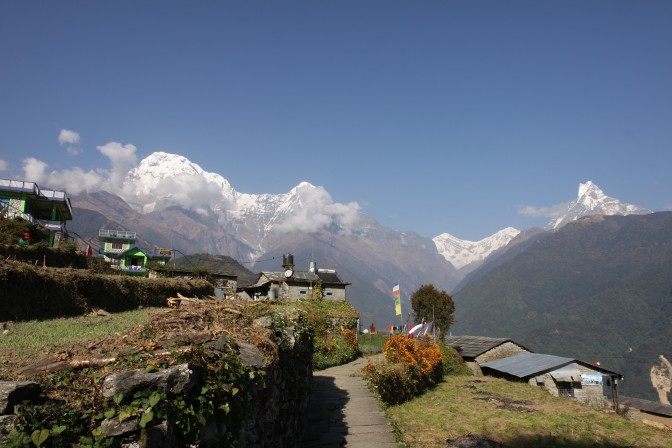
Marvel at peaks rising above the clouds, showcasing the breathtaking beauty of towering mountains against the vast sky.
Geological and Geographical Overview of Annapurna II
Annapurna II is a prominent peak in the Annapurna range, situated in north-central Nepal. It reaches a height of 7,937 meters (26,040 feet), making it the sixteenth tallest mountain in the world. The mountain's landscape is marked by steep ridges, icy glaciers, and rocky slopes, creating a rugged and impressive profile. It is surrounded by other notable peaks such as Annapurna IV, Gangapurna, and Machapuchare, forming a striking and scenic panorama.
The Annapurna range, which includes Annapurna II, features a range of high mountains. Among them is Annapurna I, which stands at 8,091 meters and is the only peak in the range above 8,000 meters. The range also includes thirteen peaks over 7,000 meters and sixteen peaks around 6,000 meters, stretching across about 55 kilometers (34 miles).
Annapurna II is mostly independent from other peaks in the range, except for its connection with Annapurna IV. Its south face is pyramid-shaped, while the north face has several cascading ice fields near the top. To the northwest, a large glacier hangs between Annapurna I and Annapurna II, enhancing the mountain's dramatic scenery.
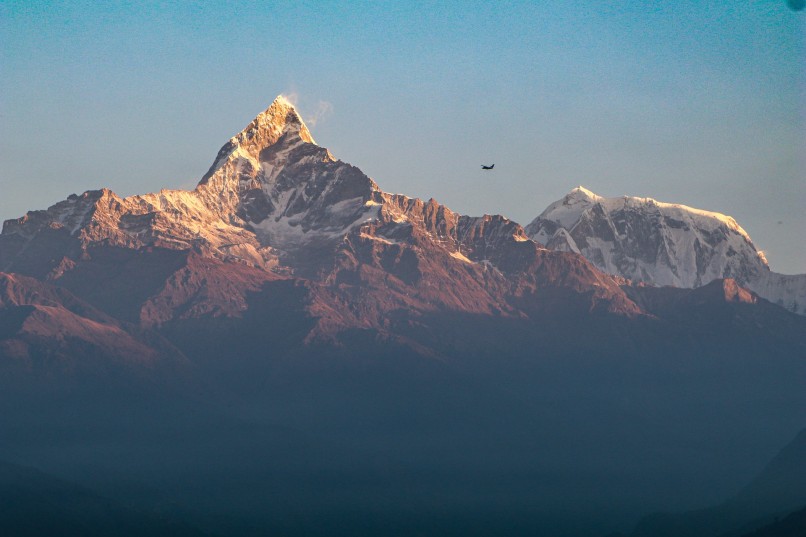
Experience the mesmerizing golden glow on snowy peaks, where sunlight transforms the mountains into a radiant masterpiece.
History of Annapurna II
The history of Annapurna II is marked by its challenging ascent and its role in Himalayan exploration. The peak was first reached on May 17, 1960, by a diverse team of British, Indian, and Nepalese climbers led by J.O.M. Roberts. This historic ascent was achieved via the west ridge, with notable climbers such as Richard Grant, Chris Bonington, and Ang Nyima Sherpa making significant contributions to the climb.
Since that first successful summit, Annapurna II has continued to attract climbers looking for a formidable challenge. Although it is less frequently climbed than Annapurna I, its technical demands and isolated position keep it as a prestigious goal for serious mountaineers. The mountain's relatively low profile compared to other Annapurna peaks adds to its mystique and allure in the mountaineering community.
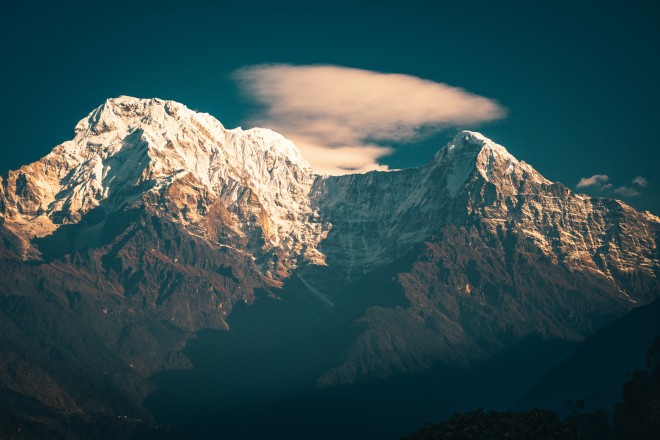
Discover the serene beauty of the Himalayan landscape, where majestic peaks and tranquil valleys create a breathtaking escape.
Optimal Climbing Seasons for the Annapurna II
The best times to embark on an expedition to Annapurna II are usually during the pre-monsoon (spring) and post-monsoon (autumn) periods. These seasons, from March to May and September to November, offer the most stable weather conditions in the Annapurna region.
Spring (March to May): During this period, the weather is generally clear with mild temperatures and minimal rainfall. The stable conditions provide excellent visibility and stunning views of the surrounding mountains, making it a prime time for climbing and trekking.
Autumn (September to November): This season follows the monsoon, bringing clearer skies and settled weather. The temperatures are still mild, and there is less chance of precipitation, which enhances climbing conditions and offers breathtaking panoramic views.
Both of these windows provide ideal conditions for a successful and enjoyable Annapurna II expedition, combining favorable weather with clear, dramatic vistas of the Himalayan peaks.
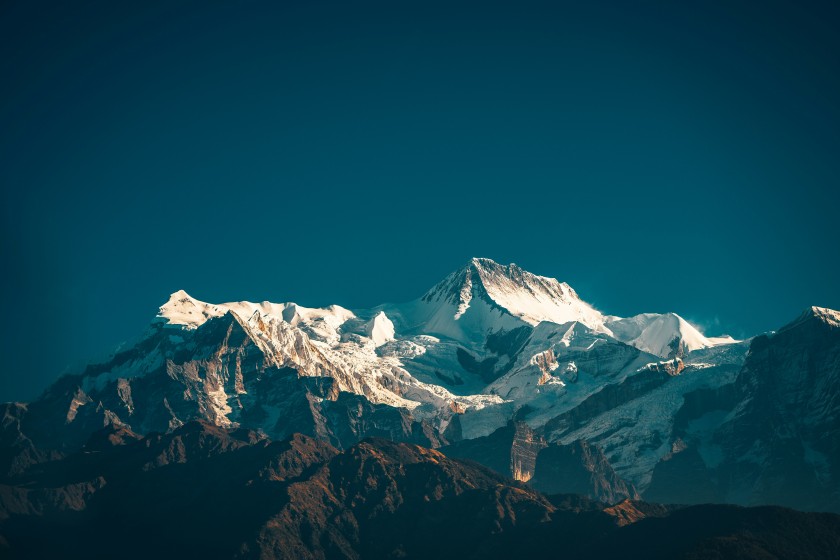
Experience the allure of a majestic peak surrounded by untouched wilderness, offering a tranquil escape into nature's pristine beauty.
Annapurna II Climbing Route
Climbing Annapurna II is very challenging because of its dangers, like avalanches, storms, and falling rocks. Most climbers use the ridge that connects Annapurna II with Annapurna IV to help them reach the summit.
The main route for climbing Annapurna II is called the Northwest Ridge. This path is tough and involves steep snow and ice, mixed terrain, and open ridges. Climbers need to set up several camps along the way, including Camp I, Camp II, and Camp III, to rest and prepare for the next part of the climb.
After setting up these camps, climbers make their final push to the top from Camp III. This last part of the climb is very difficult and requires strong climbing skills and experience. Climbers must be ready to face challenges like avalanches and crevasses while dealing with changing weather. Climbing Annapurna II demands careful planning and a lot of preparation to handle these tough conditions and reach the summit safely.
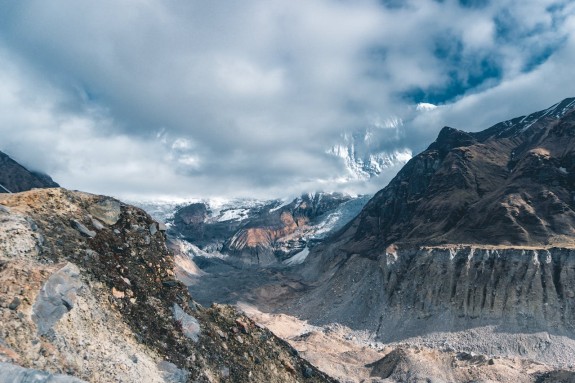
Discover the pristine beauty of a snow-capped summit, radiating serenity and untouched splendor amidst breathtaking landscapes.
Annapurna II Permits and Visa
To climb Annapurna II, climbers need to secure several permits and a visa. First, you must obtain a climbing permit for Annapurna II from the Nepalese Ministry of Culture, Tourism, and Civil Aviation. This permit is essential for gaining access to the mountain and is usually arranged through a registered trekking agency. Additionally, you'll need a TIMS (Trekkers' Information Management System) card, which helps with tracking trekkers and ensuring their safety in the region.
For entry into Nepal, climbers must acquire a tourist visa. This visa can be obtained from Nepalese embassies or consulates abroad or upon arrival at Tribhuvan International Airport in Kathmandu. It's important to check the latest visa requirements and ensure you have all necessary documentation before travelling. Properly managing these permits and visa requirements will help ensure a smooth and successful expedition to Annapurna II.
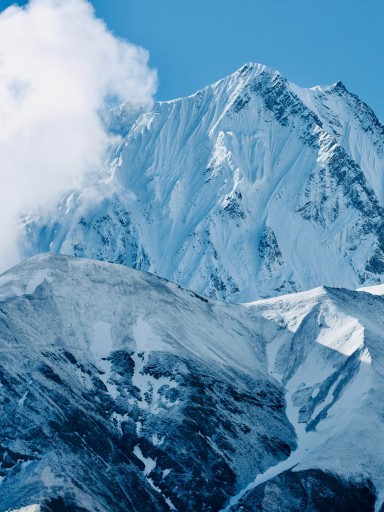
Ecperience a glimpse of Himalayan majesty, where towering peaks meet the sky in a stunning display of nature's grandeur and tranquility.
Conclusion
Annapurna II stands as a symbol of the breathtaking beauty and tough terrain of the Himalayas. As one of Nepal's most intriguing peaks, it provides an exciting challenge for climbers and trekkers eager to experience its rugged landscape and stunning views. With its deep history, geological importance, and remote setting, Annapurna II remains a compelling destination for adventurers. Those looking to appreciate its grandeur can catch impressive views of Annapurna II during treks like the Annapurna Base Camp Trek and the Annapurna Circuit Trek.
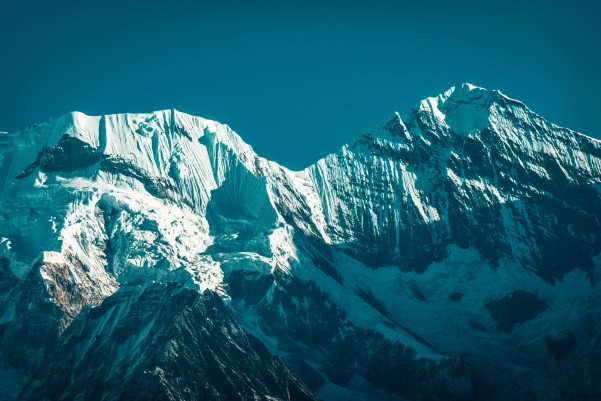
Witness the cloud-capped majesty of towering peaks as they blend with the sky, showcasing the serene beauty of the Himalayas.
Popular Packages of Annapurna Region
Recent Blog Posts
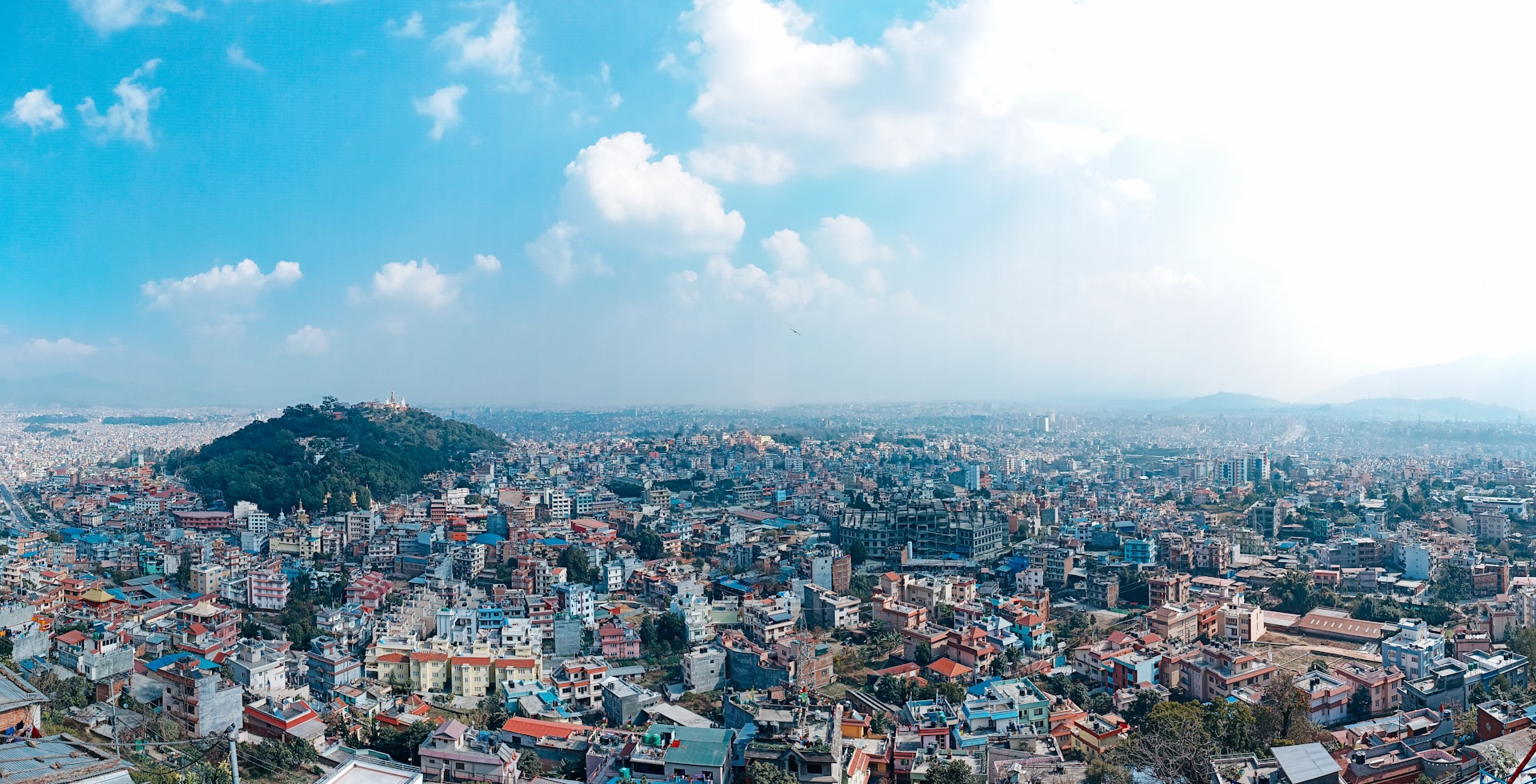
Kathmandu Valley: Exploring the Capital of Nepal
Jun 15, 2025
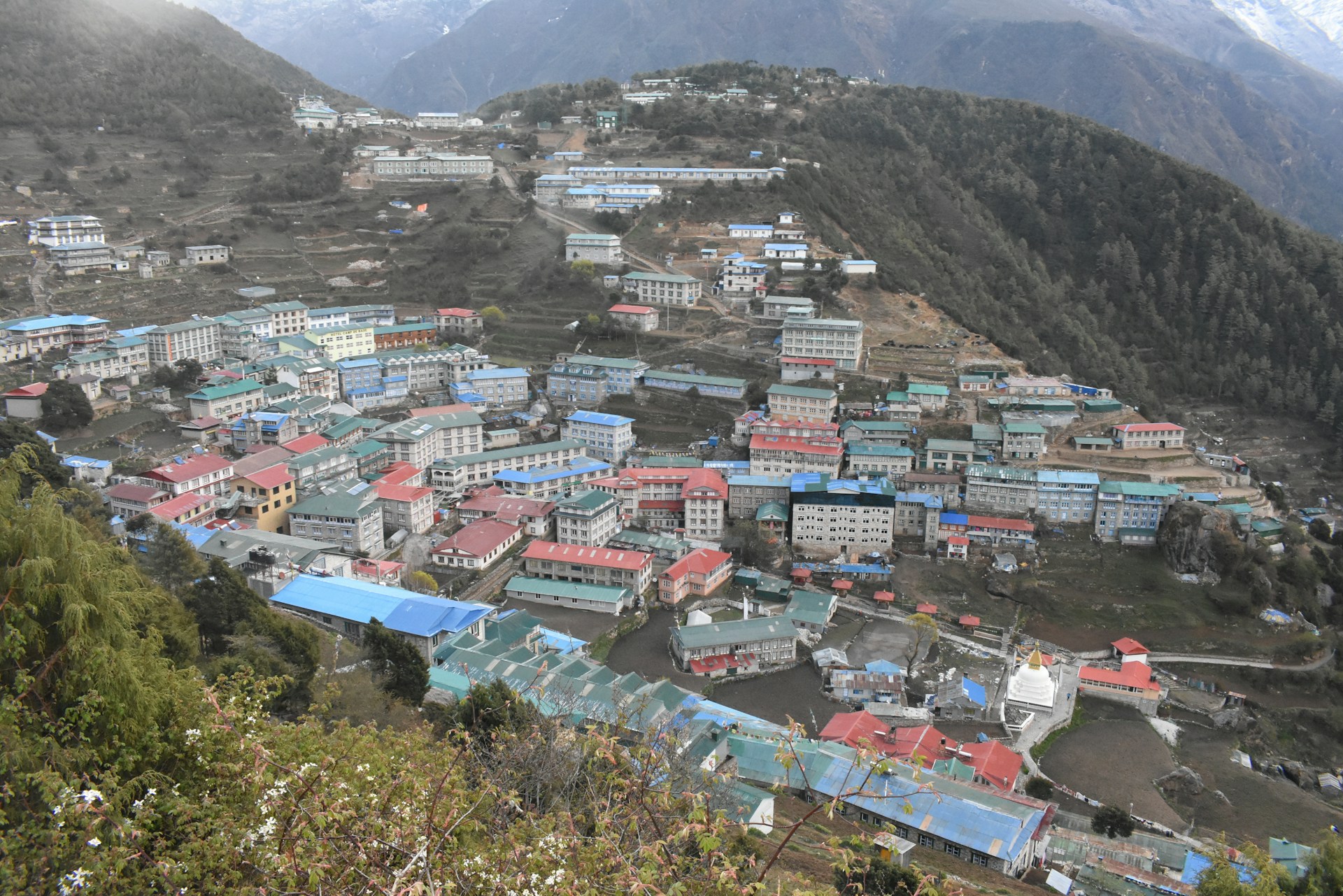
Namche Bazaar: What to Expect in the Sherpa Capital
May 20, 2025
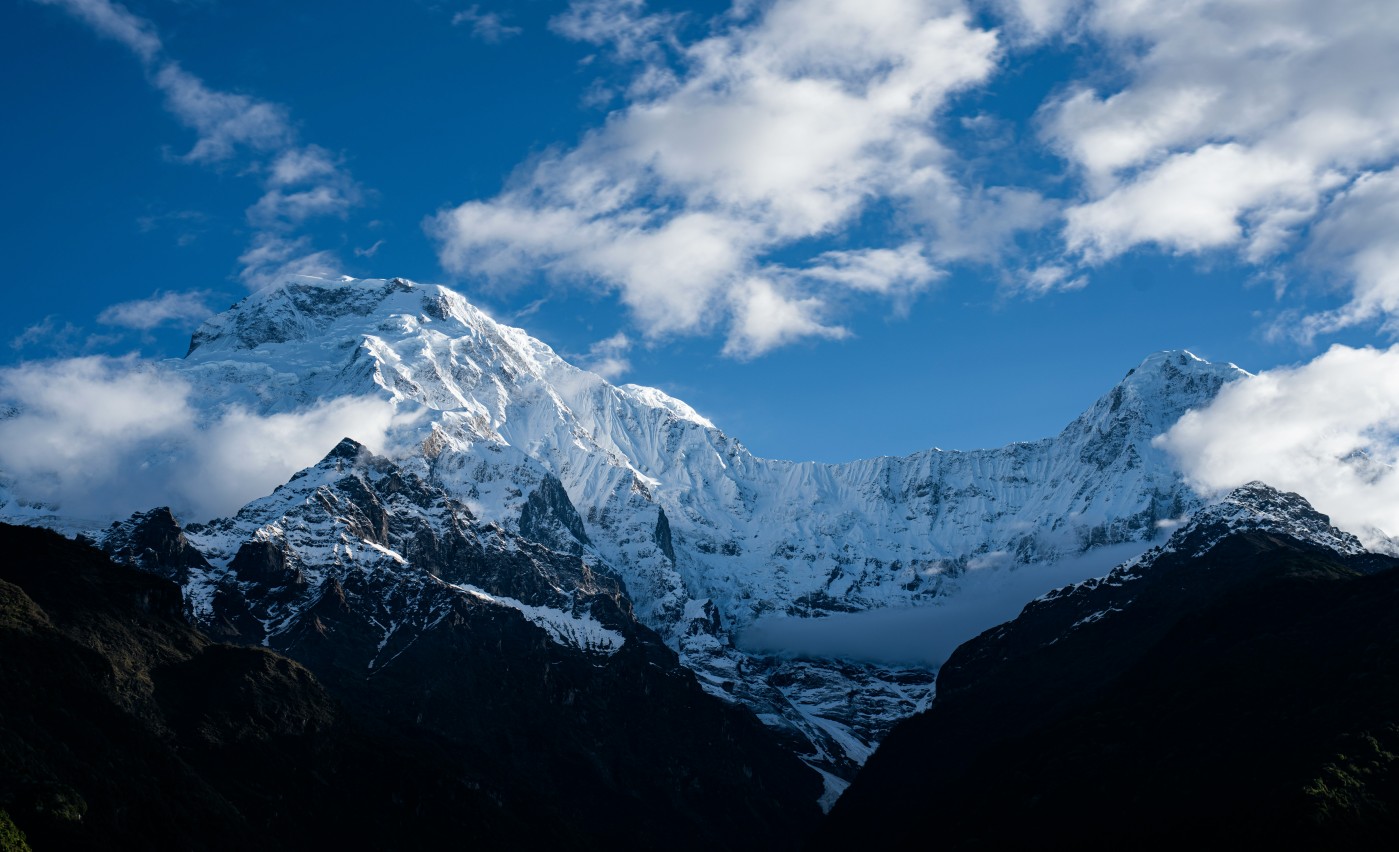
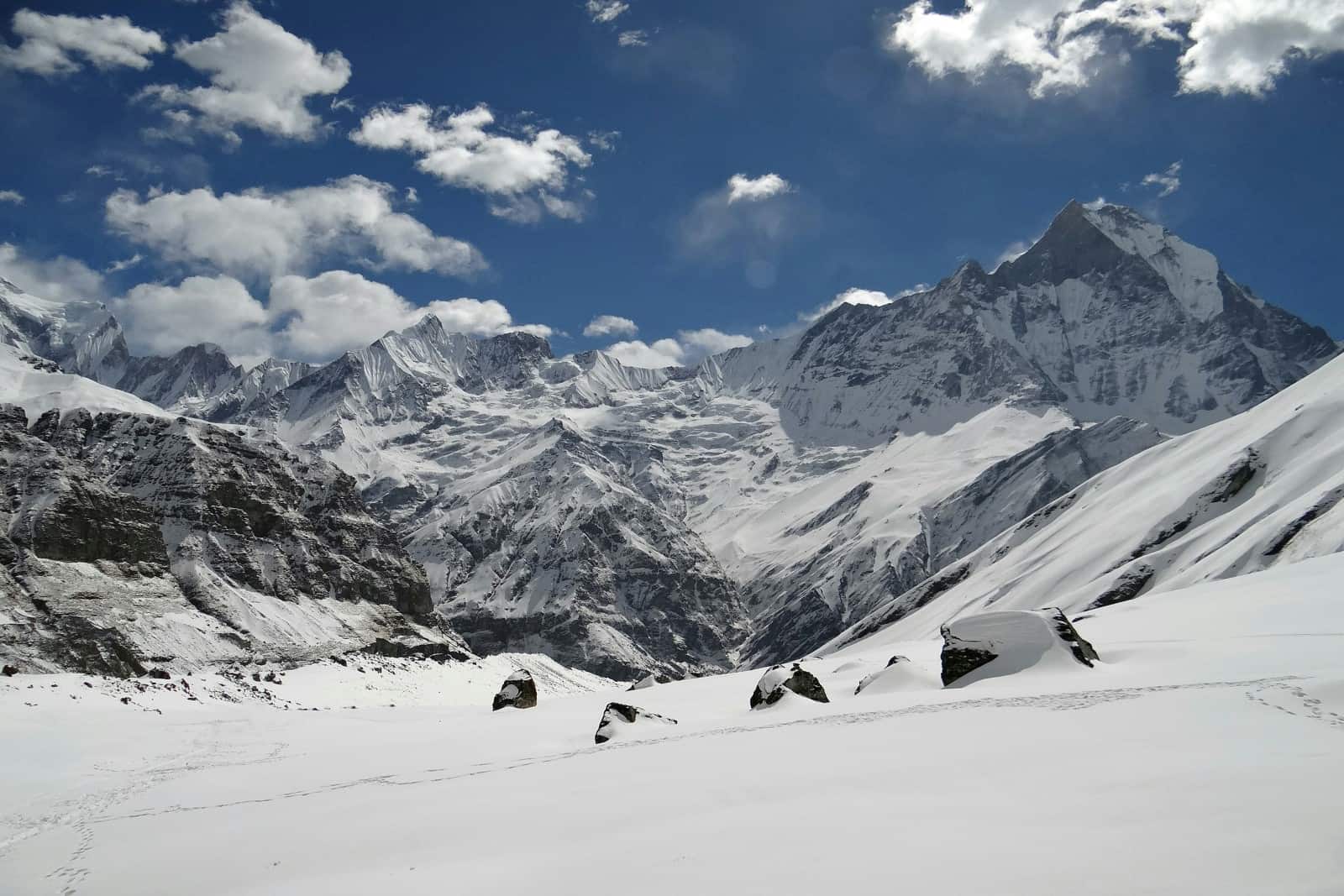

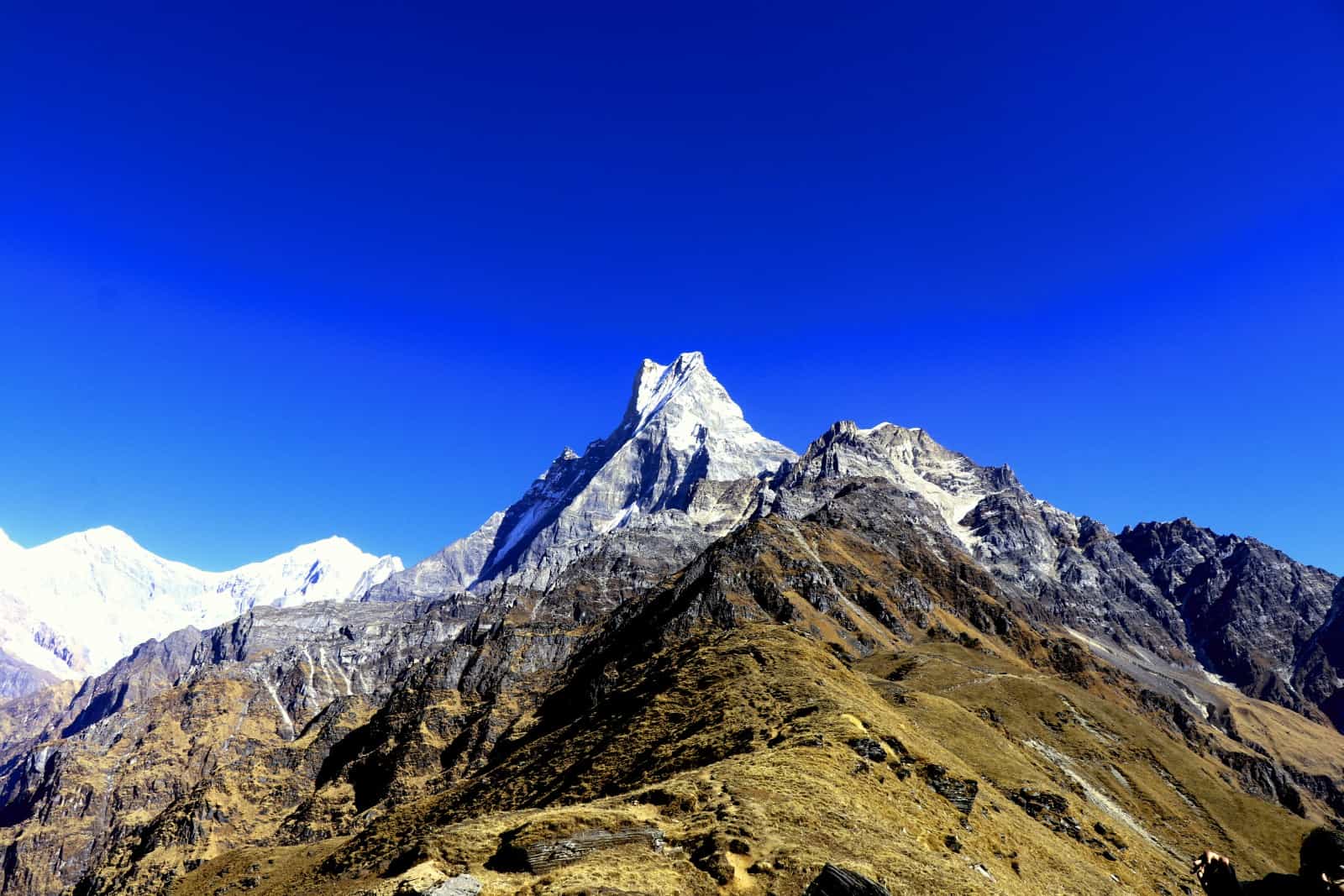
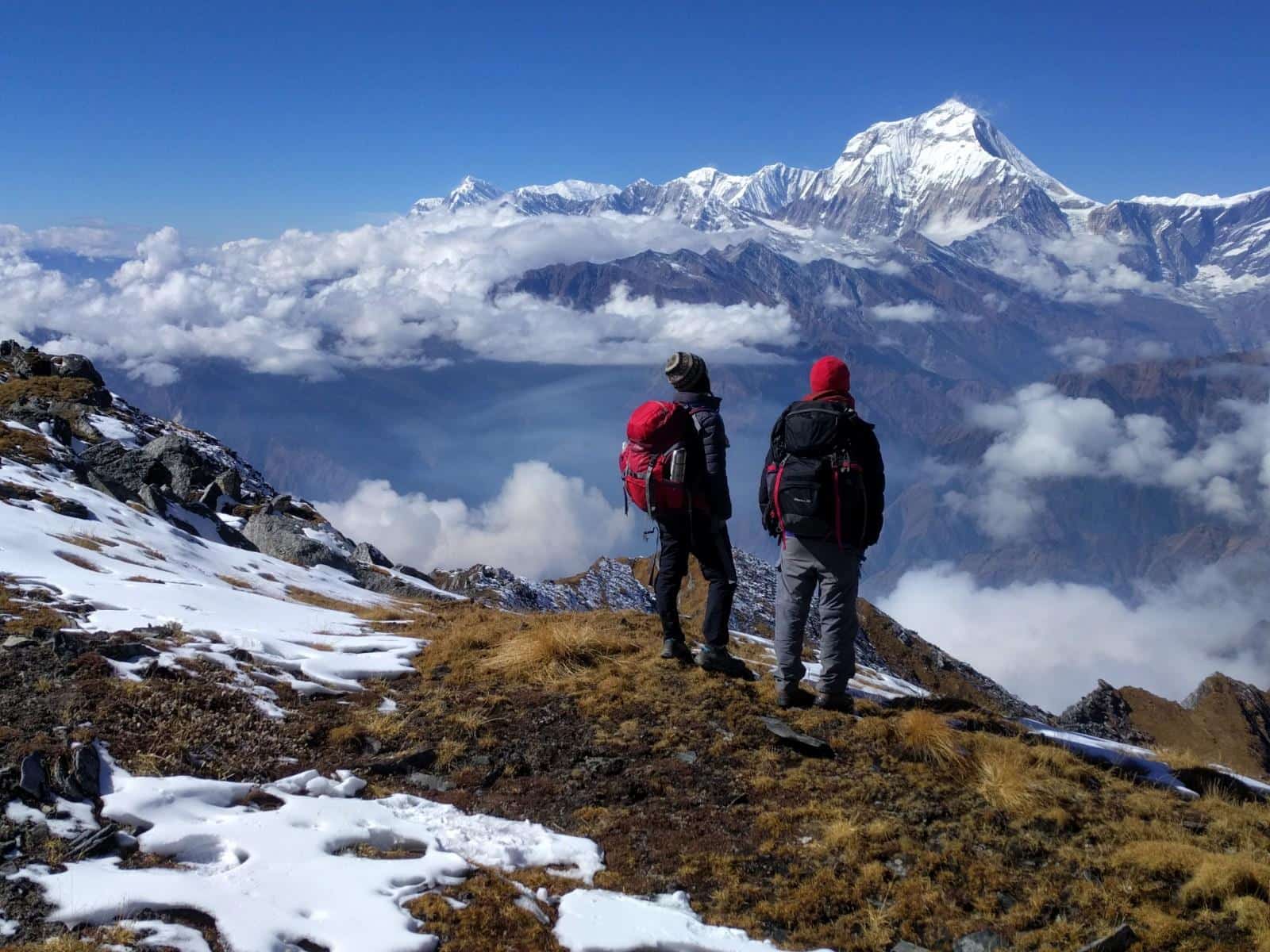
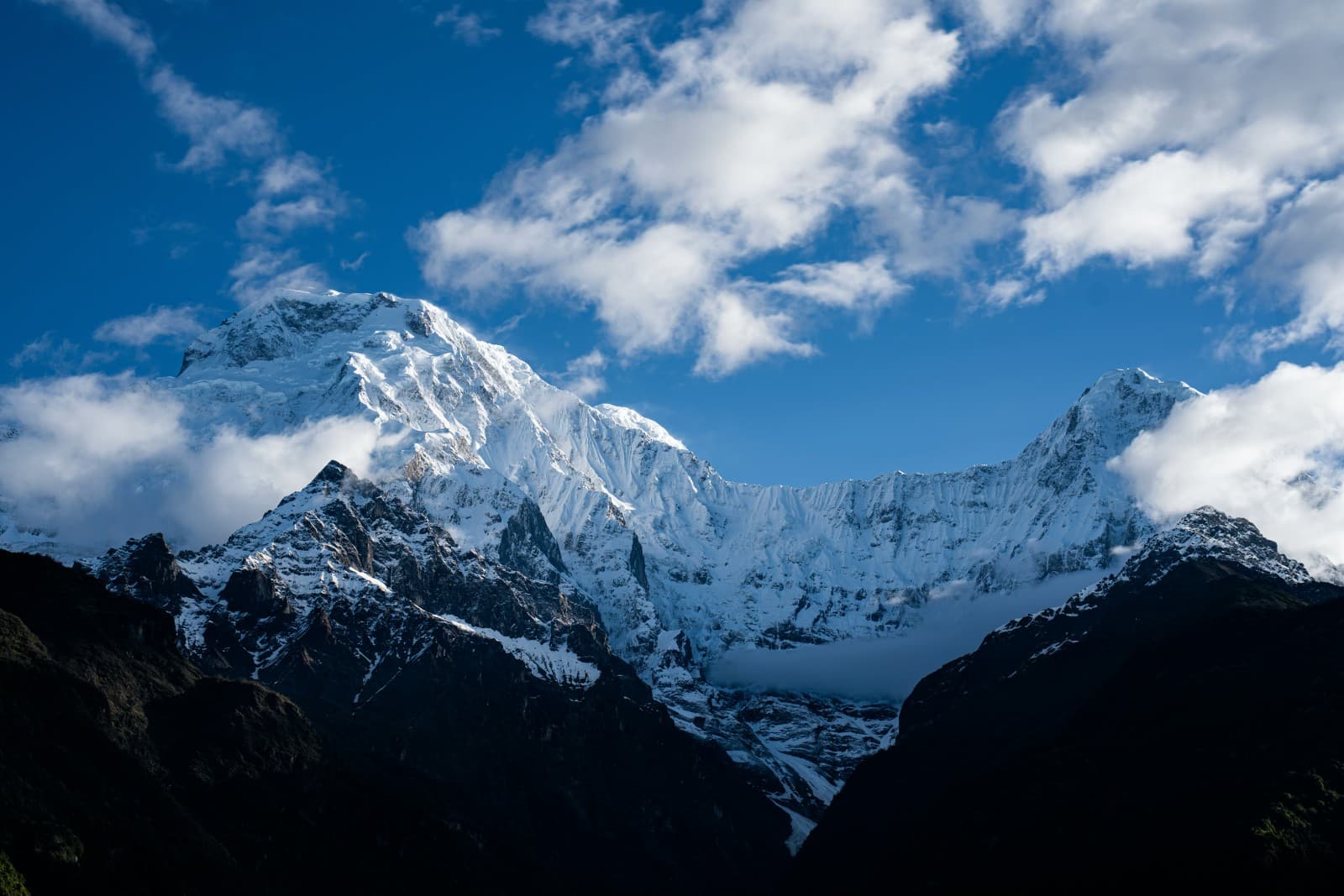
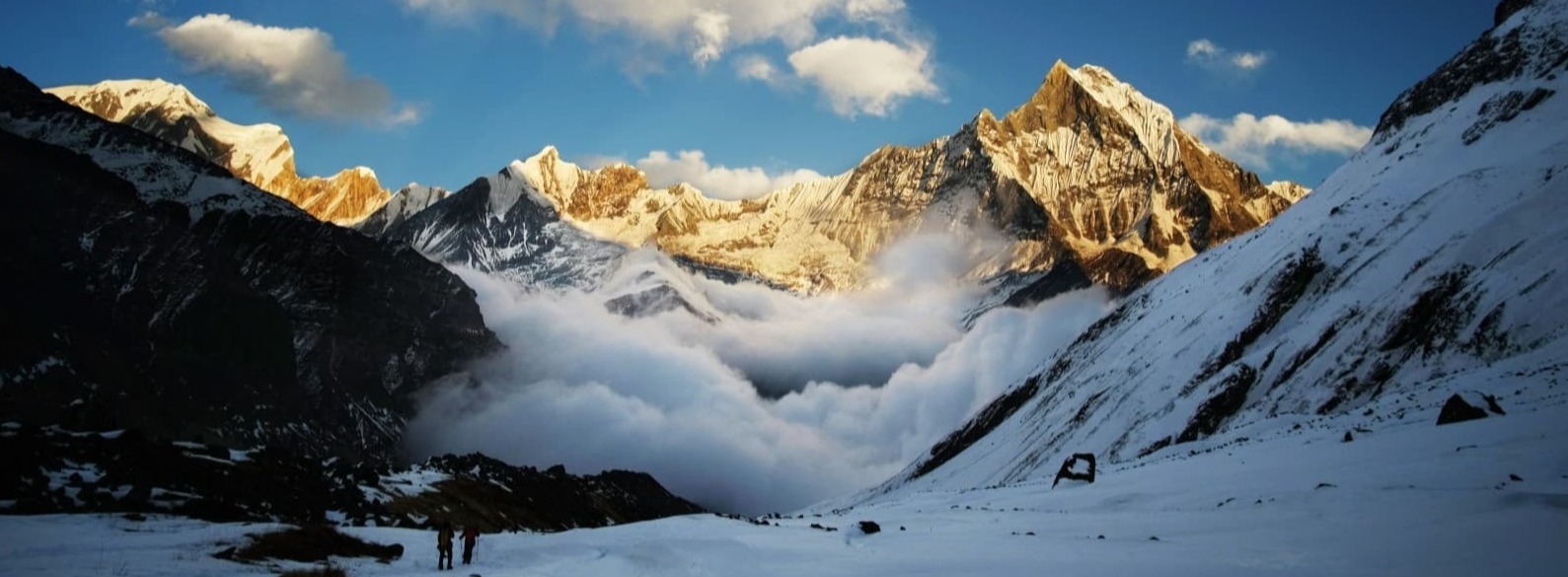
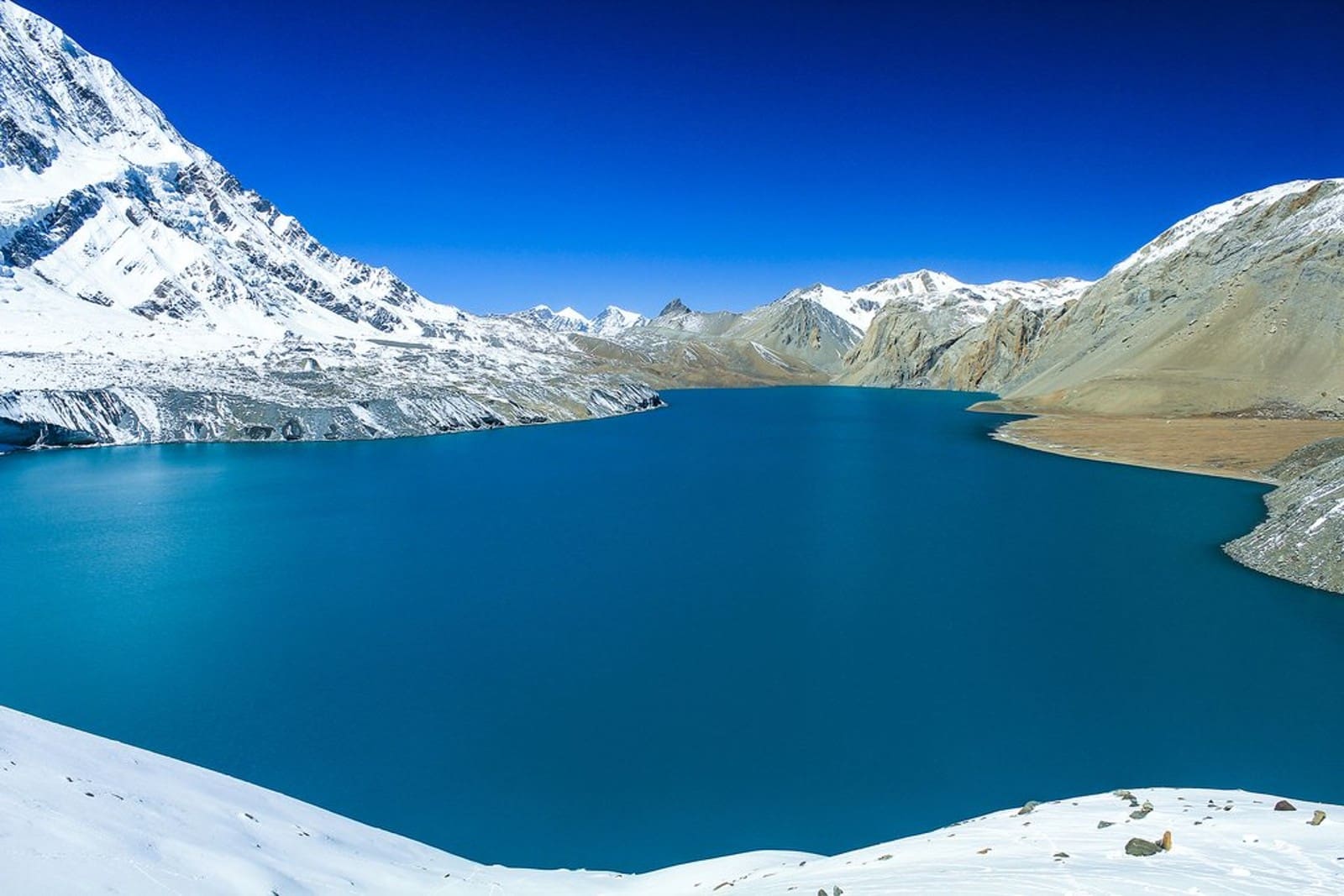
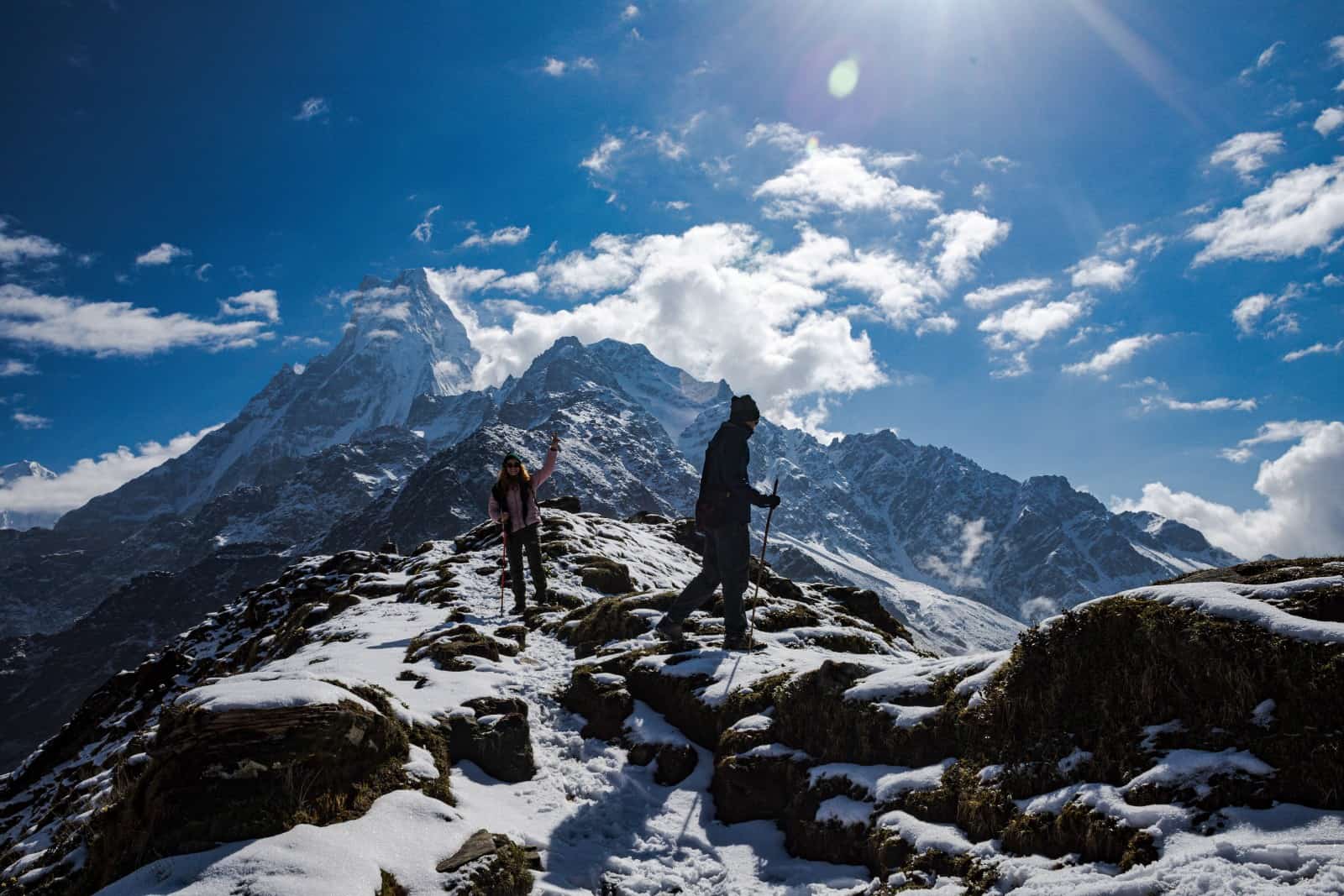
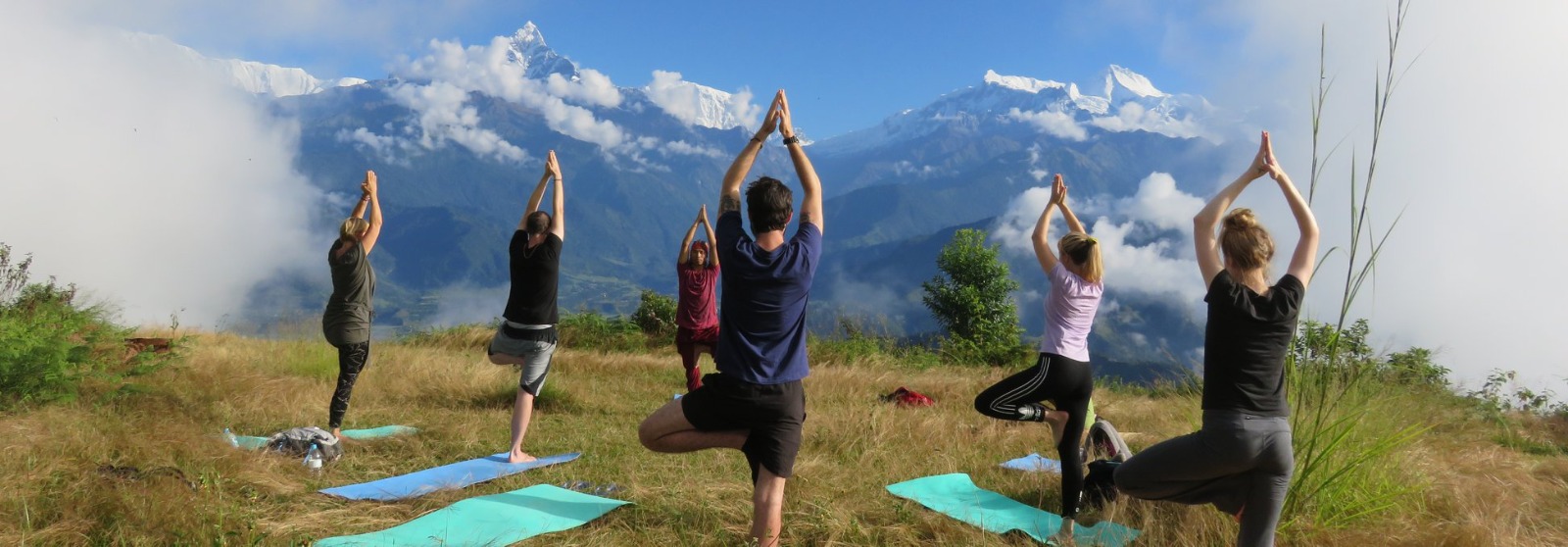
.jpg)

